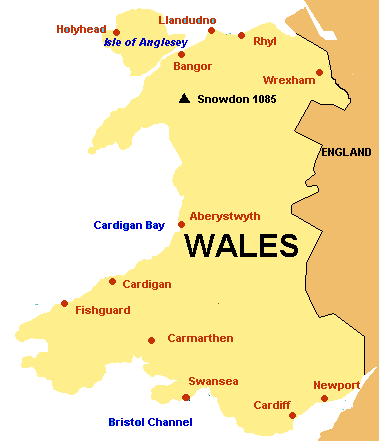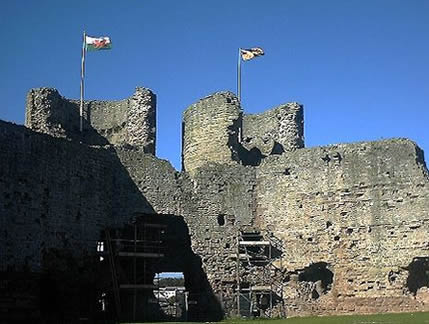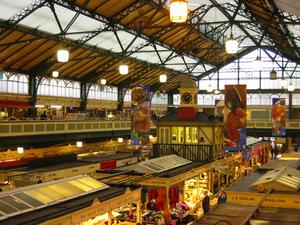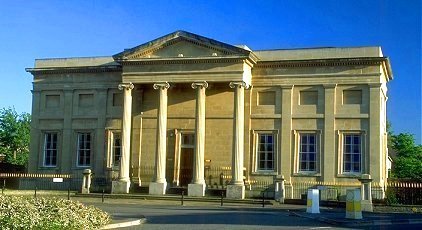|
Geography and situation:
- Wales location is in the central-west of Great Britain. It is a peninsula.
- The frontiers are: England in the east, the sea in the other three directions (By the Channel to the south, St George’s Channel to the west and to the Irish sea to the north). So Wales has a long coastline.
- Wales have also several islands.
- The climate of Wales is temperate, so it is never very hot or very cold.
- The landscape of Wales is a little mountainous, mainly in the north and the centre of the peninsula. The highest mountain is in Snowdonia, which include Snowdon that is the highest peak of all England.
- The capital of Wales is Cardiff but there are also two important cities which are Swansea and Newport.
|
|
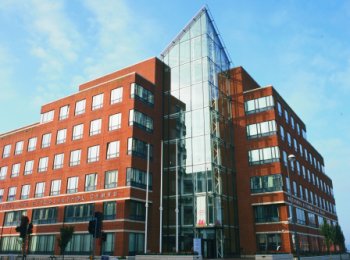 |
Government:
-
The government in Wales is the National Assembly for Wales which have a legislative power in devolved areas.
-
There is also the welsh Assembly Government in this lead the First minister. Who is the responsible of the different topics (education, health, economy, culture…)
-
The national Holiday in Wales is St. David’s Day which is celebrate the 1rst of March. He is the patron of Wales.
|
People:
-
The population in Wales is about 3 million people.
-
People can talk the Welsh language (also called Cymraeg) but the everyday language is English.
-
The religion is Calvinist, Anglican and roman catholic.
-
The job of the people is in the third sector (the services) but there is also an important activity in the light engineering.
|
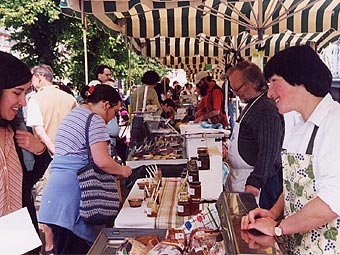 |
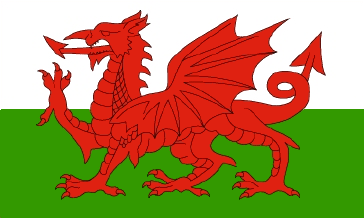
|
The Flag:
- The white-over-green coloursrepresent the Welsh dynasty of Tudors.
- The dragon is the most prominent symbol of Wales. It was adopted by the Britons. It means a symbol of people, it isn’t a symbol of individuality
|
History of Wales: |
Early history:
The Celtic clans were shepherds, farmers and forest dwellers. They defended their families against the Roman invaders. The effect of Roman couldn’t against the Welshman and Welsh continued dominating a lot of areas of Great Britain. |
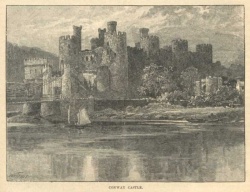 |
In the 10th century, a King of Wales collected all the Welsh customs and laws an he made a code.
In the time, welsh people were converted to Christianity by the Celtic monks. |
English Incursion to Union:
William I of England tried to deal with the Welsh by setting up border earldom to protect the kingdom for the incursions. Their power grew steadily and Wales was threatened with English conquest. This was accomplished by Edward I in 1282. English rule was established by the Statue of Rhuddland. Edward wanted to placate welsh sentiment. |
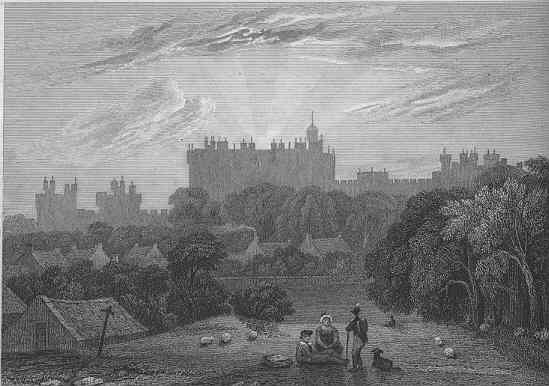
|
After the invasion, welsh life change a lot because the culture decline and the growth of market towns through trade with England. In the 15th century were a revolt but it didn’t change anything.
The welsh feudal aristocracy became versed in English manners and were received at the English court.
The Act Union abolished all the Welsh customs and laws and established English as the language official. |
Seventeenth to nineteenth centuries:
Catholic tradition died slowly andwelsh people became Puritanism because welsh people were obligated to adopt these practices. But, in the 18th century Welsh people learn many Calvinist leanings. |
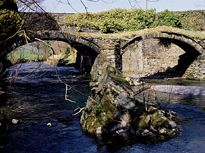 |
Welsh life changed a lot by the Industrial Revolution because the effects of the industrialisation threatened both cottage industry and agriculture. And it caused the emigration to the united States by the Welshmen. But the World War I brought poverty and unemployment. |
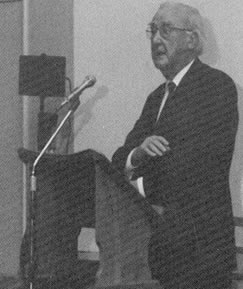 |
Twentieth Century:
Until the World War II the poverty and the unemployment were increasing.
The welsh nationalism has a revival. There was an interest in Welsh language, the education, in arts, in poetry and the choral music.
Now, Wales has the welsh as the stole language of instruction, a television channel and there are several arts, opera and literature councils an the national level. |
 |

